Scrapers in the culinary world are exactly that: tools that were made to scrape pastes, batters, and other ingredients from bowls, plates, and other surfaces. A rubber scraper is handy in the kitchen since it can mold to the shape of the bowl or whatever container you are using to get every last bit out.
A rubber spatula is a cooking tool that has a rubber head. The handle may be made of plastic, metal, or wood. It is common for these spatulas to be used when cooking with pots and pans that are easily scratched by metal utensils.
A rubber scraper is a silicone spatula made with high heat-resistant material. So, you can use your rubber scraper for stirring even hot ingredients, like melted butter.
Rubber (or silicone) spatulas with handles are also called scrapers. (With no handle they are called bowl scrapers. ) Small metal spatulas are often called icing knives. A spatula can refer to any tool with a small flat blade.
In American English, the rubber scraper (left) may be called a spatula because it is a flat utensil used for scraping or spreading. The tool on the right is also called a dough cutter.
Although rubber spatulas may run the risk of melting, silicone ones won’t, which is very helpful if you’re using them in high-heat dishes, or to melt chocolate or stir a pan of roasting vegetables.
It seems that in the early 1920s, one James R. Caldwell invented and patented the rubber dust pan and other rubber household cleaning tools, branding them Rubbermaid.
Unless you know for sure it’s heat resistant, don’t use a rubber spatula for stirring food while it’s cooking. Newer ones may be heat-safe from 175 to 290 C (350 to 550 F), which is much better than the ones still hanging around unused in drawers from the 1970s and 1980s.
Newer ones may be heat-safe from 175 to 290 C (350 to 550 F), which is much better than the ones still hanging around unused in drawers from the 1970s and 1980s.
Silicone is a good alternative to wood; by and large, it will handle 1-4 without a problem, if it’s a well-made utensil.
While top-of-the-line stainless steel spatulas are durable, sharp metal kitchen utensils can scratch the coating of nonstick pans, thus shortening the life of your pots and pans. That’s why the best spatulas for nonstick pans are typically made out of silicone.
Sticky film build up on silicone or rubberized handles can occur when grease or oils are allowed to be absorbed into the handle surface. This can leave a sticky residue feeling to the touch, even after regular washing.
You probably know that you should use a plastic spatula when cooking in nonstick pans to prevent scratches.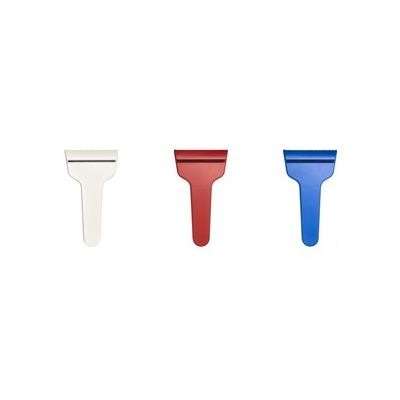 The problem is, sometimes the spatula gets left in the pan too long and the end starts to melt. Is it time to throw it away? Let the spatula cool and examine it.
The problem is, sometimes the spatula gets left in the pan too long and the end starts to melt. Is it time to throw it away? Let the spatula cool and examine it.
As they heat up in the oven, the silicone molecules expand, absorbing the oils (and, consequently, some residual flavors and fragrances) of whatever you’re cooking. After they cool down, it’s very difficult to remove the oils from the mat; that’s why they can become covered in an unpleasant, oily sheen.
Plastic or silicone-coated spatula: For cooks who work with nonstick pans, plastic spatulas are a necessity in order to keep pans scratch-free. High-heat silicone spatula: These are useful for mixing custards and batters, as well as for scraping down the sides of a bowl or pot.
Nylon spatulas are more prone to melting if placed near a burner or used in a screaming hot pan. Our favorite nonstick spatulas are made from silicone, which is much more durable and heat-resistant.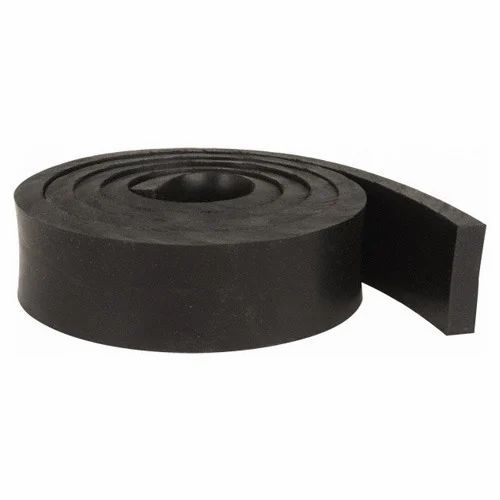
Hydrogen peroxide and bleach are both oxidants, a type of compound that excels at this task. Just remember to wash your stain-free spatulas in warm soapy water before use. JUST CLEAN: Soap washes away oil but not colored stains.
`;
Food
Fact Checked
A rubber spatula is a cooking tool that has a rubber head. The handle may be made of plastic, metal, or wood. It is common for these spatulas to be used when cooking with pots and pans that are easily scratched by metal utensils. Also, it is common for people to use these types of spatulas instead of those with a metal head because they can usually be washed in a dishwasher instead of requiring hand washing.
The handle may be made of plastic, metal, or wood. It is common for these spatulas to be used when cooking with pots and pans that are easily scratched by metal utensils. Also, it is common for people to use these types of spatulas instead of those with a metal head because they can usually be washed in a dishwasher instead of requiring hand washing.
A metal spatula is more commonly used for grilling whereas a rubber spatula is often used for cooking on the stove and for baking. The slightly curved head is helpful when removing batter or dough from a bowl or transferring the dough into baking tins.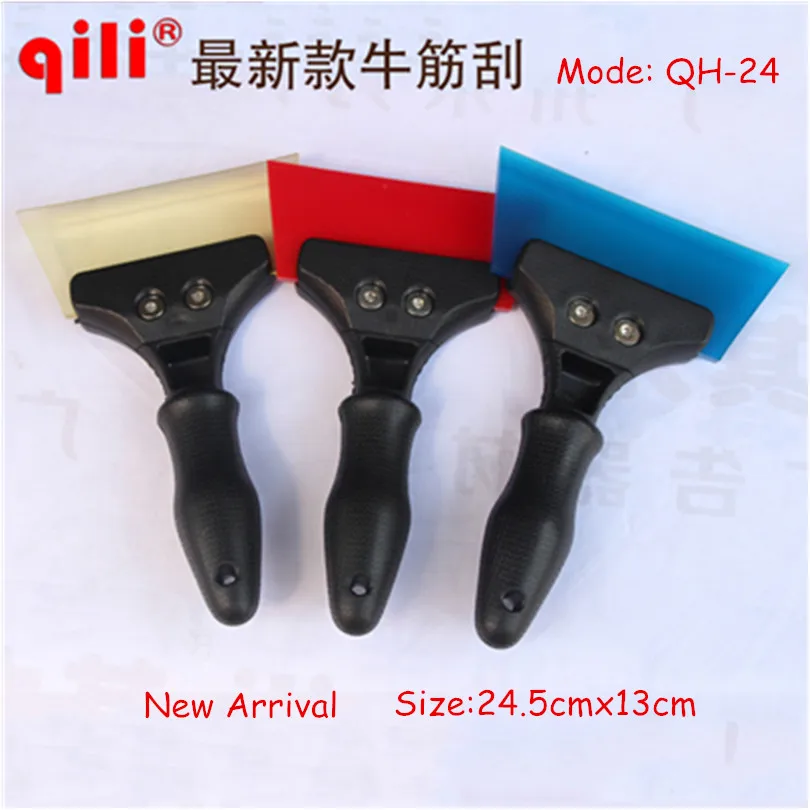 In addition to having a curved head, this type of spatula is also slightly flexible, a quality that aids in these processes. This kind of spatula can also be used during a mixing process if mixing must be done by hand. A metal spatula, however, would not be ideal for any of these uses.
In addition to having a curved head, this type of spatula is also slightly flexible, a quality that aids in these processes. This kind of spatula can also be used during a mixing process if mixing must be done by hand. A metal spatula, however, would not be ideal for any of these uses.
In addition to the design with the solid curved head, there are also rubber spatulas that are designed with broad, flat heads with open slats in the center. These kinds of spatulas are best for cooking on the stove, for turning ingredients in a pot or pan, and for stirring ingredients that are being sauteed or caramelized.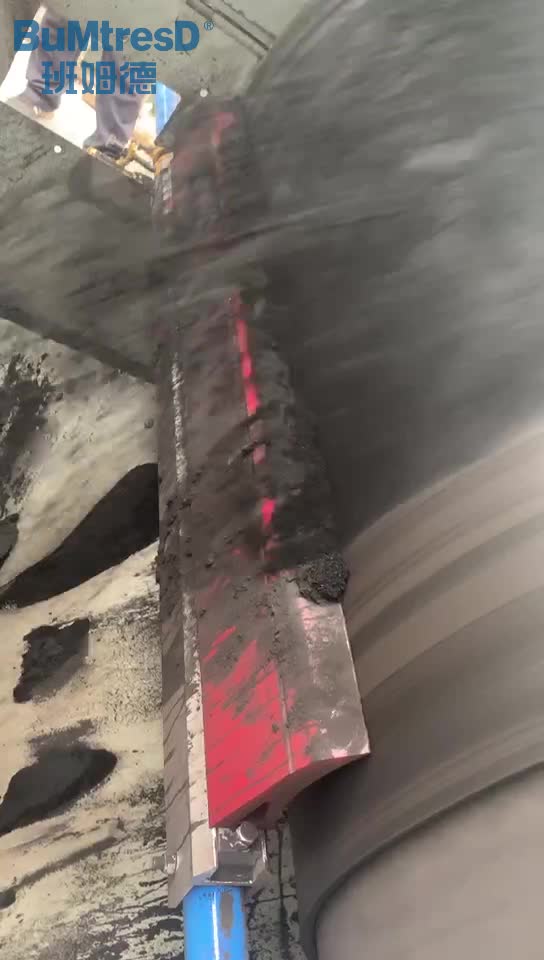 In addition to being slightly flexible, the broad heads of these spatulas allow cooks to turn large quantities of ingredients at one time, more than with a spatula with a solid curved head. There is also a kind of rubber spatula with a thin, flat head that is used specifically to ice cakes and cup cakes.
In addition to being slightly flexible, the broad heads of these spatulas allow cooks to turn large quantities of ingredients at one time, more than with a spatula with a solid curved head. There is also a kind of rubber spatula with a thin, flat head that is used specifically to ice cakes and cup cakes.
It is common for kitchen tool companies to sell a rubber spatula set. These sets include a number of spatulas with heads of varying sizes and shapes and handles of different lengths. Spatulas can come in almost any color, but the most common colors are white and black. Many times sets of spatulas will have handles that are the same color but heads that are a number of colors.
Many times sets of spatulas will have handles that are the same color but heads that are a number of colors.
In addition to her work as a freelance writer for DelightedCooking, Diane is the executive editor of Black Lawrence Press, an independent publishing company based in upstate New York. She has also edited several anthologies, the e-newsletter Sapling, and The Adirondack Review. Diane has a B.A. from Sarah Lawrence College and an M.A. from Brooklyn College.
Diane GoettelIn addition to her work as a freelance writer for DelightedCooking, Diane is the executive editor of Black Lawrence Press, an independent publishing company based in upstate New York.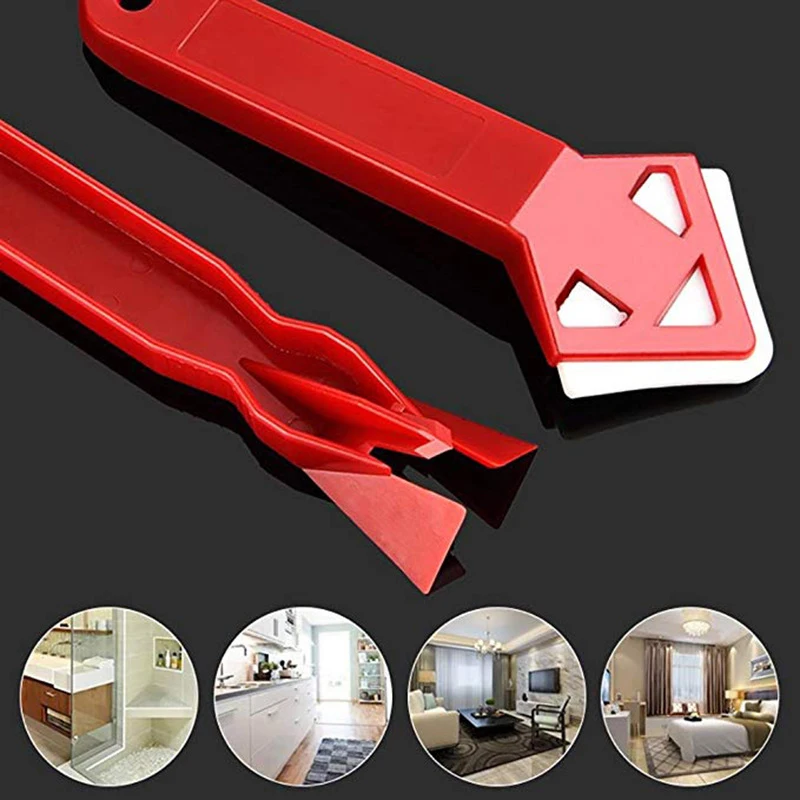 She has also edited several anthologies, the e-newsletter Sapling, and The Adirondack Review. Diane has a B.A. from Sarah Lawrence College and an M.A. from Brooklyn College.
She has also edited several anthologies, the e-newsletter Sapling, and The Adirondack Review. Diane has a B.A. from Sarah Lawrence College and an M.A. from Brooklyn College.
With the onset of winter, every motorist is faced with the appearance of snow and ice on his car. To get rid of these natural phenomena, it is recommended to use special scraper brushes. Such tools will minimize scratches on the paintwork or car windows. Stores offer a wide range of these products, in which it is easy for a novice driver to get lost. So, let's try to understand the variety of winter tools.
Brushes and scrapers are sold both separately and as multi-devices, often combining a brush, scraper and rubber squeegee.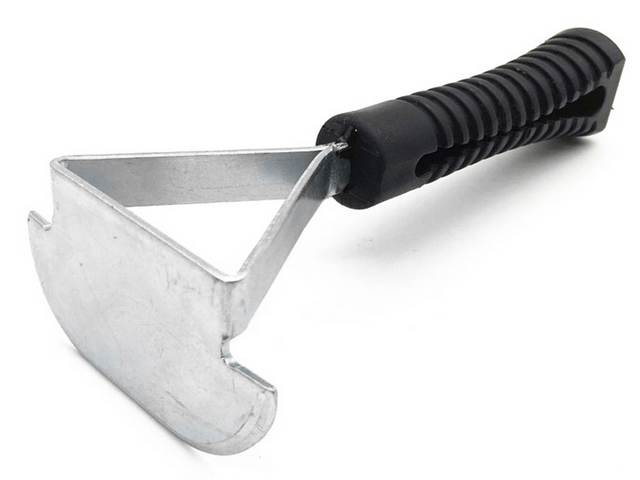 Since the trunk does not stretch, and the space in it is limited, it is recommended to stop at the latter.
Since the trunk does not stretch, and the space in it is limited, it is recommended to stop at the latter.
The length of the handle depends on your height and vehicle dimensions. There are also telescopic handles, but they have a very unreliable design, which quickly fails in snowy winters. It is important to make sure that the brush and scraper are not on the same side of the handle, as this arrangement will interfere with the full use of the tool. Ideally, if the handle will have a bend that removes the brush from the common plane, which will effectively remove snow from the roof, regardless of the installed roof rails or spoilers.
The bristles of the brush should not be too hard, because in the cold the pile will “grab” and, most likely, will scratch the car surface. In this regard, it is better to use bristles with a split pile, however, dust and grains of sand will get stuck in it, which can also damage the paintwork, so it is recommended to clean such brushes quite often.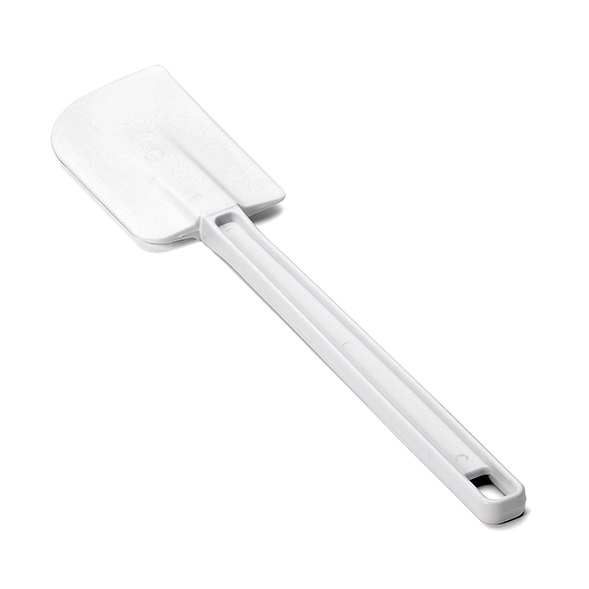
The scraper plastic should not be too soft, but not too hard either. The ideal is the one on which the fingernail can leave a small mark. The plastic should feel uniform to the touch, not have any harder inclusions or flash, and the edge of the scraper should be pointed. In no case should you use metal scrapers, with their help you will only scratch the windshield.
It is important for a novice driver to remember that it is better to wipe warm windows in the evening, because during the night the grains of sand and dust particles will have time to freeze into the ice and can scratch the glass during the cleaning process. If you had to clean the glass in the morning, you must first turn on the blowing of the windows. It is better to start cleaning them after 5 minutes, when a water film has time to form between the outer layer of ice and glass, softening the abrasive effect from possible particles of road dust. If the layer of ice is quite thick, then it will not be superfluous to sprinkle it with special “anti-ice” agents that accelerate thawing.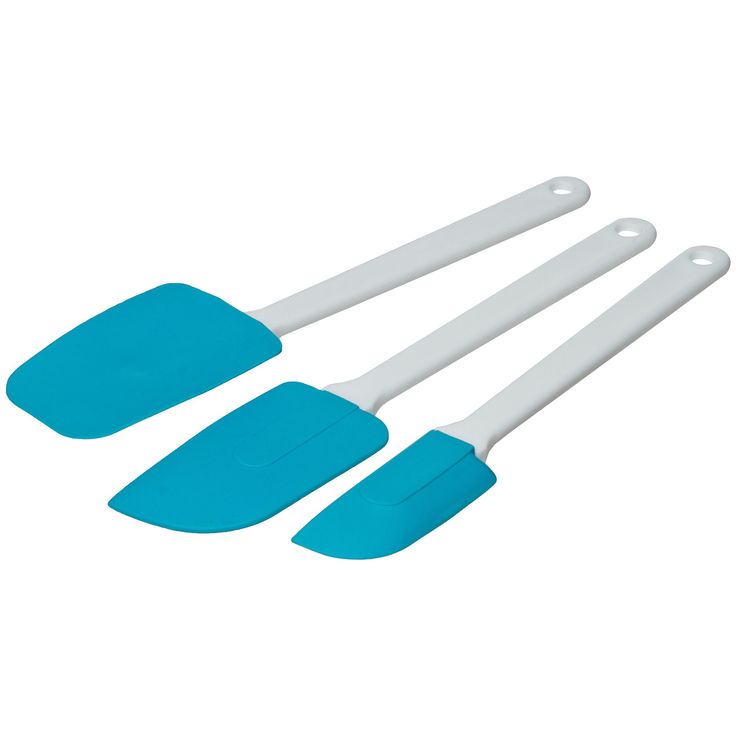 The “hot” scrapers powered by the cigarette lighter also show themselves well. Their use significantly reduces the risk of scratching the glass.
The “hot” scrapers powered by the cigarette lighter also show themselves well. Their use significantly reduces the risk of scratching the glass.
That's all the basics you need to know about brushes and scrapers. Remember, winter wipers are not a panacea, and you will still need a scraper, and guided by this article, you can not only make the right choice of this indispensable winter tool, but also avoid unnecessary expenses for replacing a scratched windshield and car polishing.
One of the popular manufacturers of car care accessories offered by our online store is the domestic brand AIRLINE. You can buy snow brushes, scrapers, water sprinklers and other car care products at any time on our website AvtoStandart33.rf.
| Manufacturer | Art.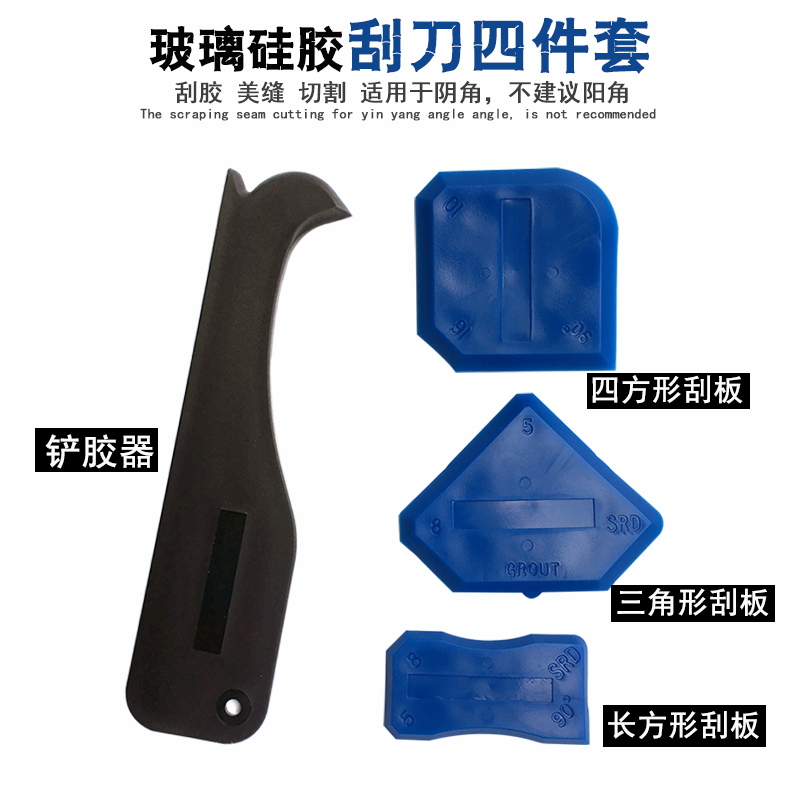 No. No. | Designation |
| AIRLINE | ABR02 | Snow and ice brush (56 cm) |
| AIRLINE | ABR06R | Snow and ice brush with telescopic handle (113 cm) |
| AIRLINE | ABR07 | Snow and ice broom with water dispenser and telescopic handle (120 cm) |
| AIRLINE | ABR04R | Snow and ice brush (92 cm) |
| AIRLINE | ABR09 | Snow and ice brush (44 cm) |
| AIRLINE | ABR14S | Telescopic snow and ice brush with fluffy bristles (70-85 cm) |
| AIRLINE | ABR12S | Snow and ice brush with fluffy bristles (54 cm) |
| AIRLINE | ABQ01 | Mitten Scraper |
| AIRLINE | ABP04 | Scraper with soft handle (21 cm) |
| AIRLINE | ABP05 | Double plate scraper (25 cm) |
| AIRLINE | ABP01 | Scraper, square with water purifier |
Fast and high-quality work in any kind of activity requires its own, specific tool. Based on our many years of experience, we have selected the range from the market that fully satisfies the standard requirements of the vast majority of tinting specialists. And these items are always present in our warehouse.
However, if you have a need for a particular tool or device, then we are ready to deliver this product according to your order. We also constantly monitor the emergence of any new products, test them and, deeming them worthy, add them to the list of proposed tools.
Specify the cost of tools for car tinting and pasting by calling +7 (812) 334-00-70 , +7 (981) 787-48-51 , 8 (800) 555-22-01
Triumph scraper blades
GT 108
Triumph scraper replacement blades 25 pcs.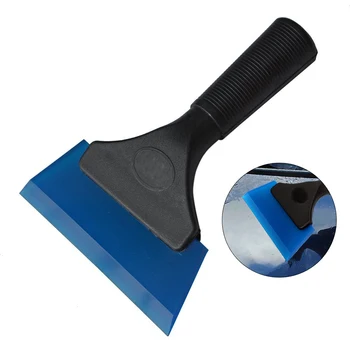 packaged.
packaged.
Olf Knife SVR 2
GT 126
Used when cutting film, has a blade holder.
Blades for Olfa SVR 2 knife
GT 116
Spare blades for Olfa SVR 2 knife, 50 pcs. packaged.
Blades for Olfa knife, black
GT 116 B
Spare blades for Olfa knife, black.
Olf Knife SAC 1 30 degrees
GT 1051
Used when cutting film, has a blade holder.
Blades for Olfa SAC 1
GT 1052
Spare blades for Olfa SAC 1, 50 pcs. packaged.
Steel blades
GT 137
Stainless steel glass cleaning blades, pack of 100 pcs.
Plastic blades 5 pcs.
GT 139
Used for cleaning rear windows with heating filaments.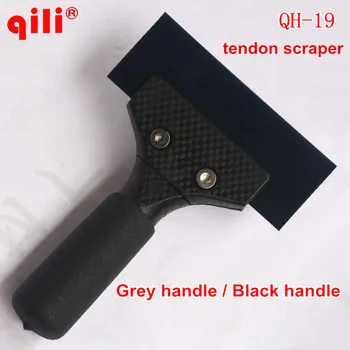
Straight blades
GT 140
Used for cleaning glass, pack of 100 pieces.
Large distillation.
GT 038
Used to drive off water when installing construction films.
Big foot
GT 043
An indispensable tool for driving water in hard-to-reach places (rear window), has a long rubber handle.
Insert for GT064.
GT 061
Holder insert large (GT 064), straight end.
Golden Squeegee
GT 079
Used to smooth film when heated with a hair dryer.
Squeegee Blue
GT 080
Used to smooth film when heated with a hair dryer.
Chizler
GT 083
Used to remove dust with a hair dryer.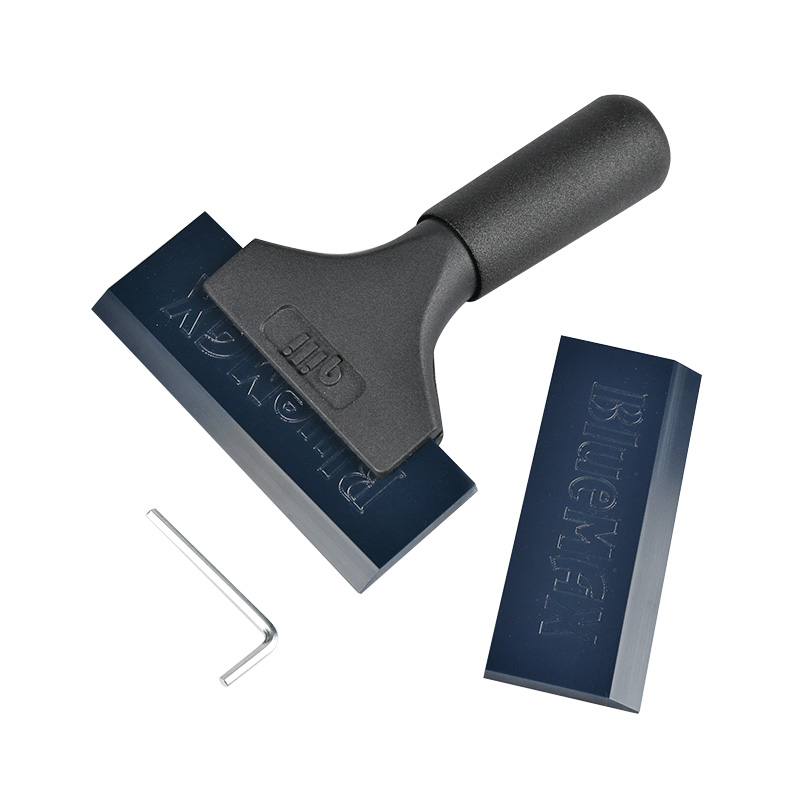
Yellow squeegee
GT 087
Used to flatten the film when forming it.
Gray squeegee
GT 087G
Used to smooth the film when forming it.
Red squeegee
GT 044
Used to flatten the film when forming it.
Black squeegee
GT 044B
Used to flatten the film when forming it.
Bondo forcing
GT 088
Used to flatten the film when forming it.
Polyurethane forcing
GT 1010
Polyurethane forcing.
Slammer
GT 091
Used to drive water on the rear window in hard-to-reach places (rear shelf).
Bluemax Distillation
GT 117
Used to drive and squeeze out water on any glass. It is installed in a special holder ET050.
It is installed in a special holder ET050.
Distillation with holder black
GT 119
Used to wash glass during initial processing. Particularly suitable for use in hard-to-reach places.
Black sharp edge
GT 202
Used to smooth film in hard to reach areas.
Distillation Clear Max
GT 203
Used to drive and squeeze water on all types of glass. It is installed in a special holder ET050.
Bulldozer
GT 205
For driving water on the rear windows of cars in hard to reach places.
Swiper
GT 207
For evacuating water in hard to reach places.
Turbo PU distillate
GT 235
Turbo PU distillate yellow. Used for glass cleaning.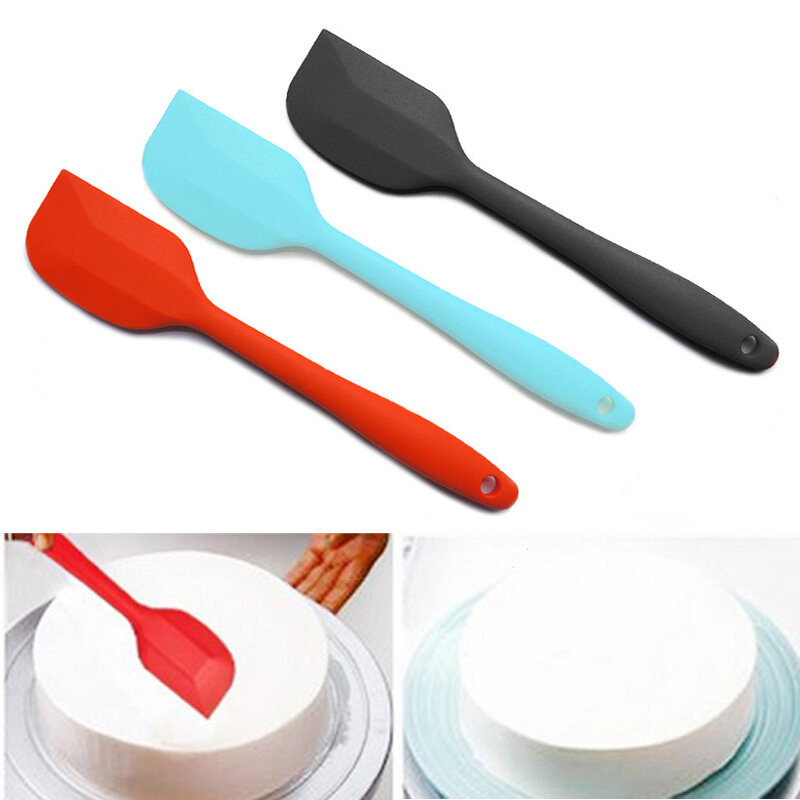
Metal holder
GT 050
Metal holder with rubber grip. used for fixing sinks (GT 053, GT 055) and for Bluemax.
Gum for Holder 6 inches
GT 048-6
Electoral elastic band for the holder GT 050
Squeezing 6 inches GT 053
is used for piercing the glasses, as well as also and also also upon its completion. Attached to holder GT 050.
Squeeze 12 inch
GT 055
Used to clean windows before and after work. Attached to holder GT 050
Triumph Scraper
GT 107
Triumph Scraper6 Used for cleaning glass with a large surface.
Long blade holder
GT 109
Blade holder GT140, GT137 with long handle.
Blade holder
GT 138
Handy little blade holder.
Metal scraper blades
GT 212
Plastic scraper with metal blade.
Sprayer
GT 096
Automatic sprayer.
Adhesive remover
GT 164
Glue remover.
Dirt Off
GT 733
Glass cleaner concentrate.
Film on concentrate
GT 735
Film setting solution.
Pro BOND Film Primer
0.236ml
0.473ml
Adhesive Primer
Elastic band 3m
GT 045
Replacement rubber band for GT053, GT055.
marker (thin)
GT 076 9000 for precise adjustment of the film to the shape of the glass.
Black trapezoid
GT 086B
Used to fine-tune the film to the shape of the glass.
Large black trapezoid
GT 806-6B
Used to fine-tune the film to the shape of the glass.
Golden Trapezoid
GT 086GLD
Used to fine-tune the film to the shape of the glass.
Blue trapezoid
GT 086 BLU
Used to fine-tune the film to the shape of the glass.
Pink trapezoid
GT 086 PINK
Used to fine-tune the film to the shape of the glass.
Hook
GT 132
Used to remove the door seal.